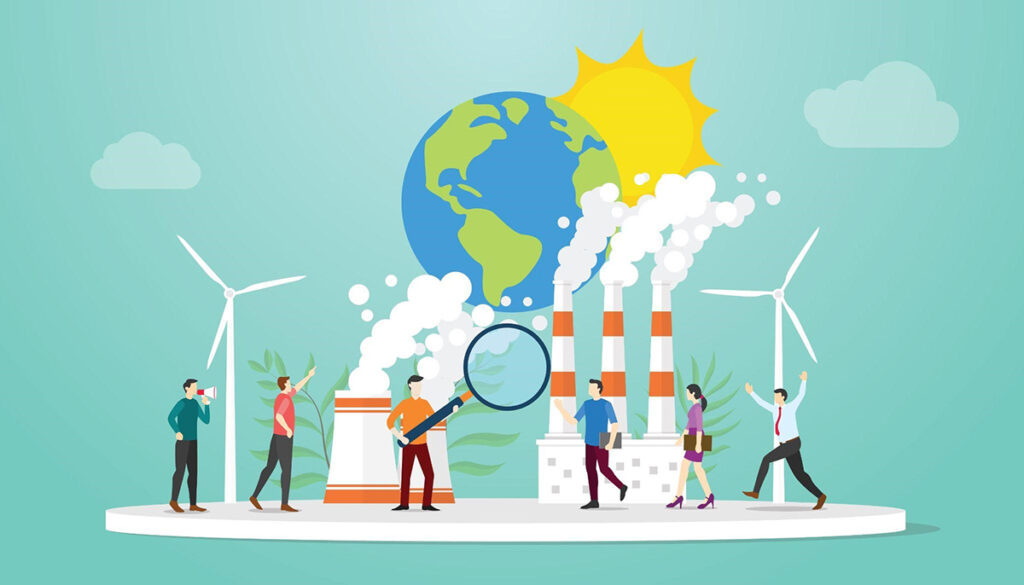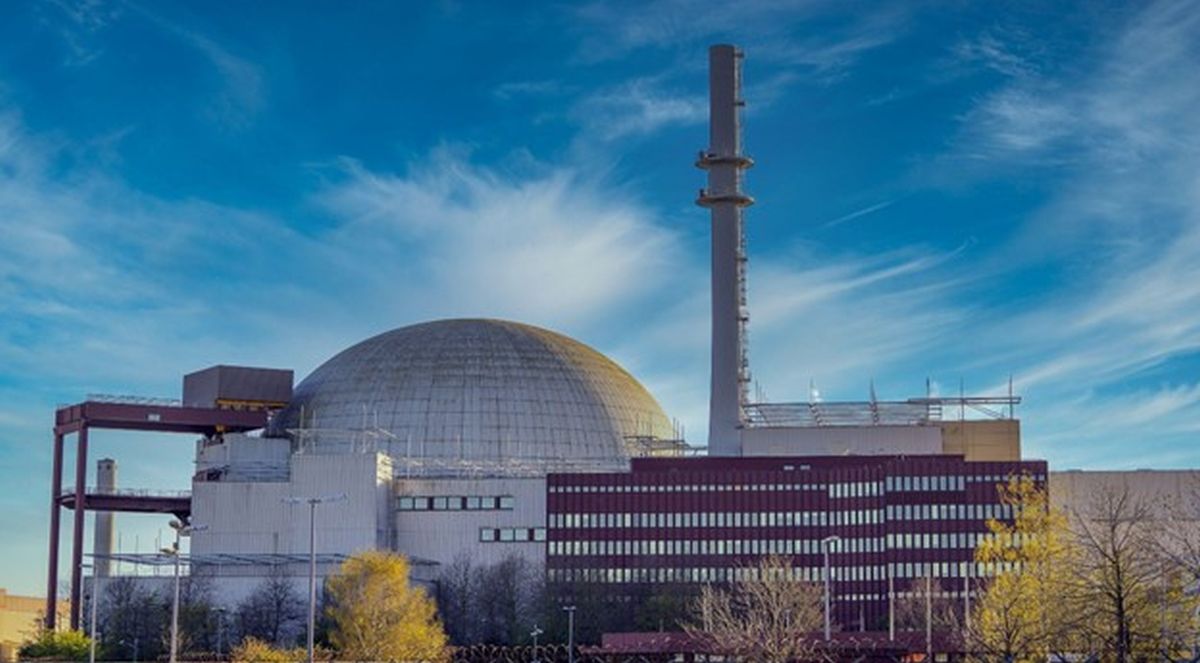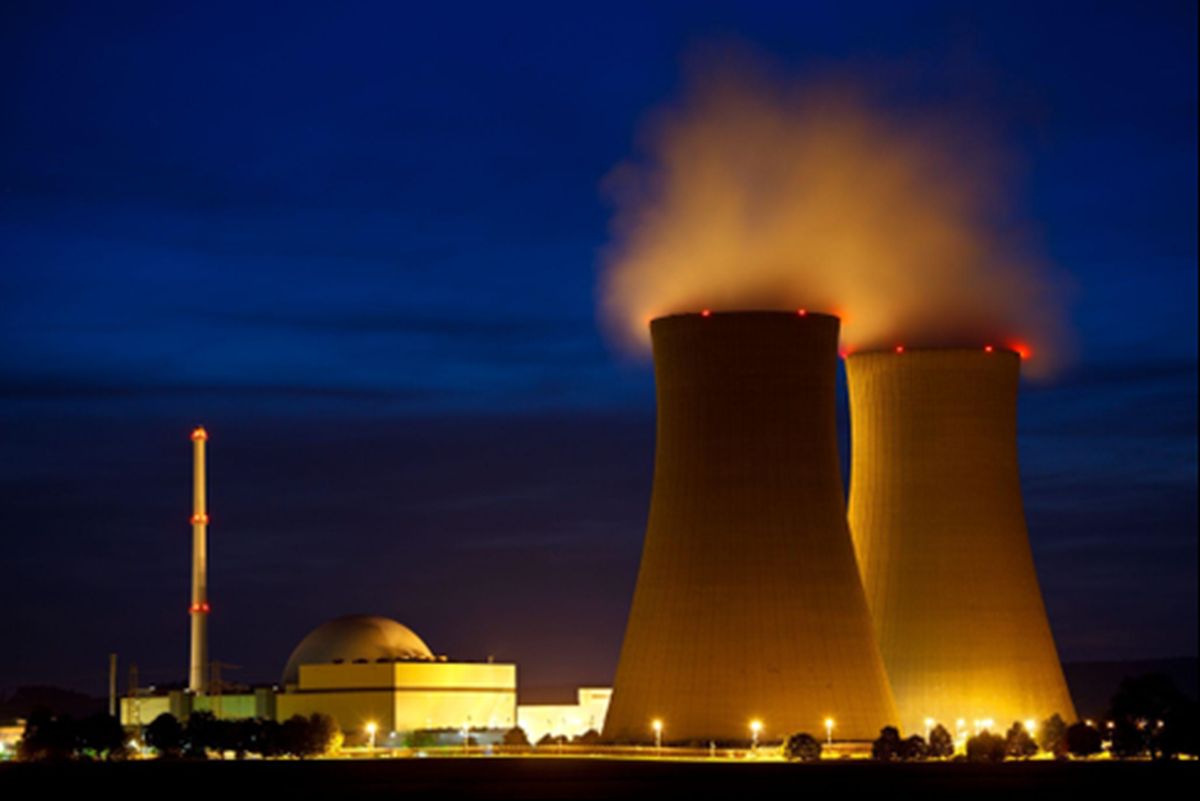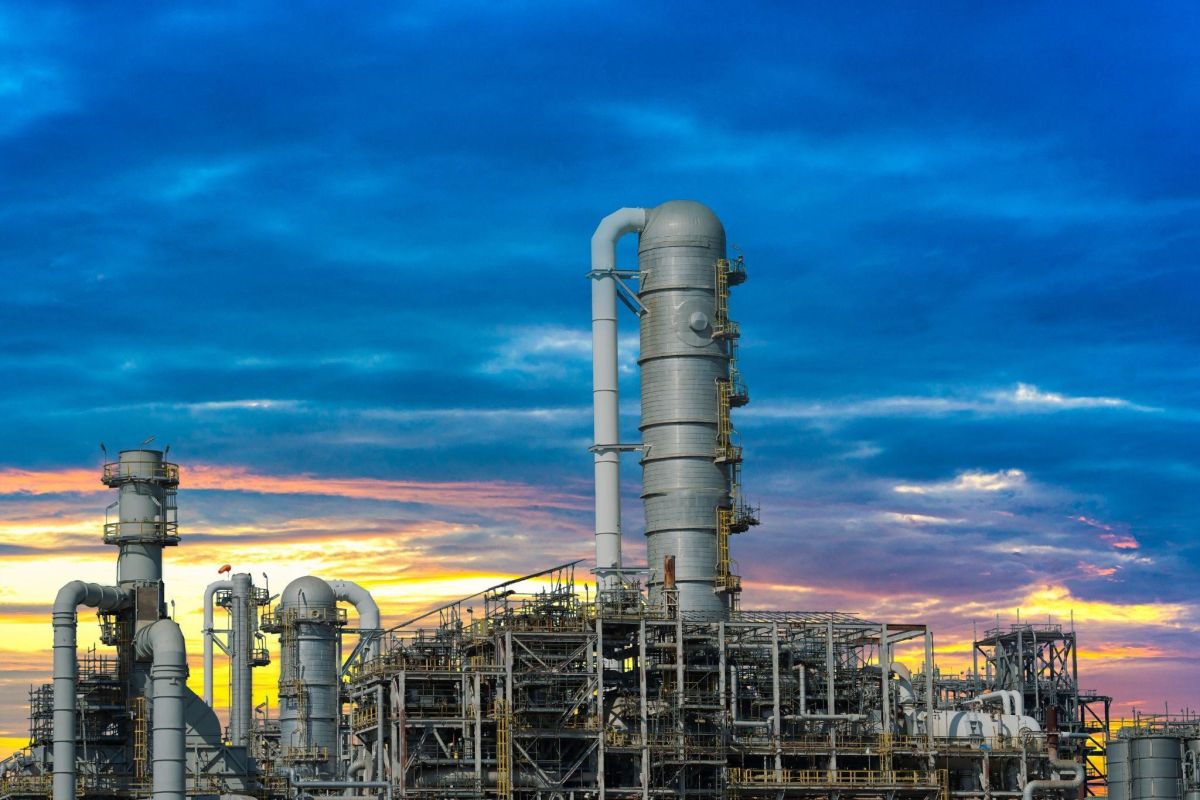The future of our planet’s energy resources is a topic that’s capturing global attention. As we delve deeper into the 21st century, the importance of establishing a clear plan for the energy sector cannot be overstated. Esteemed bodies, such as the International Energy Agency (IEA), play a pivotal role by consistently offering invaluable insights into our energy future. One message resonates strongly from their research: the global energy outlook for 2024 will be characterized by heightened efforts to curtail carbon emissions, global energy solutions, and an enhanced drive towards adopting renewable energy sources.
A Glimpse of the Current Energy Scenario
Recent trends indicate a fluctuation in energy consumption, with factors like economic downturns playing a major role. However, the Global Clean Energy Action Forum (GCEAF) offers a silver lining, forecasting a revival in energy enthusiasm by 2024. Their studies, complemented by the short-term energy outlook, anticipate a 3.3% rise in consumption from the 2% observed in the preceding year.
Balancing between Fossil Fuels and Renewables
Despite the pressing need for sustainable energy solutions, fossil fuels, particularly oil and natural gas (monitored by the natural gas regulator), continue to dominate. The IEA’s World Energy Outlook 2021 report suggests that by 2024, these fuels will contribute to over 75% of the world’s total energy use.
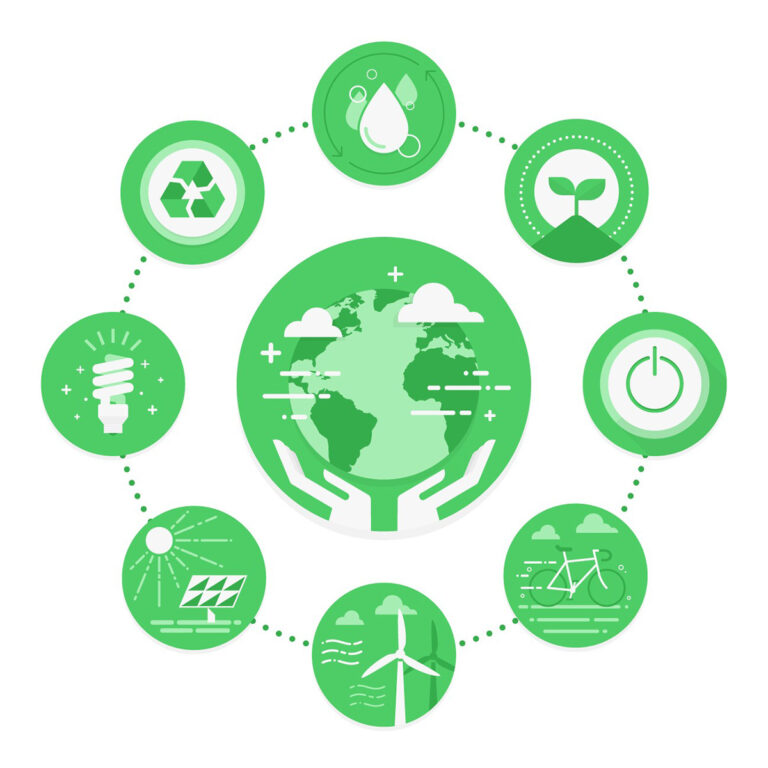
On the brighter side, renewable energy is gaining momentum. IEA data is optimistic, projecting that 95% of the new power capacity by 2024 will be from renewable sources. Among these, solar photovoltaic power is leading the way, supported by a global inclination toward clean energy solutions. Concurrently, wind energy is also showcasing promising growth, together with solar energy, aiming to cater to over 10% of the global electricity needs by 2024.
Another positive stride is evident in the European Union’s commitment to sustainability. Accounting for a 40% reduction in global emissions from power generation during the first half of 2022, the EU serves as a beacon of hope. However, addressing carbon emission factors, such as carbon monoxide emissions from cars, and understanding the disadvantages of coal energy remain integral to our sustainable journey.
Developing Nations Lead Energy Demand Growth
As the global energy landscape evolves, developing nations, particularly in Asia, are emerging as key players. The IEA’s projections indicate that these nations, including powerhouses like India and China, will account for over 90% of the net energy demand growth in the coming years. This surge emphasizes the vital role of global energy management in these economies. On the flip side, established economies like the U.S. and Europe might witness a plateau or even a slight decline in energy demands, credited largely to advancements in efficiency.
Steering through Challenges
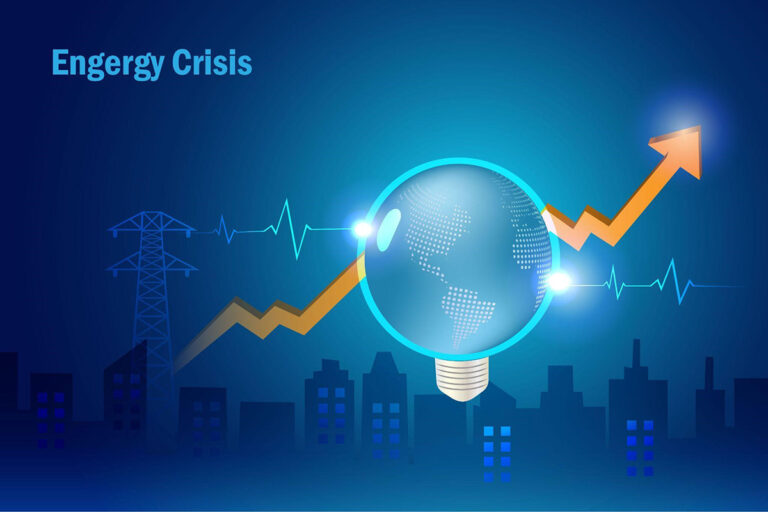
The path to 2024 is lined with challenges, encompassing aspects of energy security, affordability, and overarching sustainability. Recent events, like the 2022 gas supply debacle in Europe, underscore the vulnerabilities of over-reliance on limited energy suppliers. Addressing these requires a comprehensive approach, where diversifying energy sources and enhancing domestic supplies become priorities. The carbon emission spectrum acts as a guiding tool, pinpointing areas necessitating immediate intervention.
Defining Factors for 2024’s Energy Landscape
Looking ahead, three primary pillars emerge:
- Technological Progress: Innovations in renewable technology and strides in global energy storage are poised to redefine the sector.
- Policy Directives: National and international policies, including the International Nuclear Energy Act, combined with incentives from renewable energy entities, will be catalysts driving change. The economic benefits of nuclear energy further bolster this shift.
- Market Mechanics: The interplay of energy pricing, market competition, and the viability of renewable energy sources will be instrumental. An understanding of carbon emission factors and the carbon emission spectrum further refine our approach.
Wrapping Up
The Global Energy Outlook for 2024 presents a blend of challenges and opportunities. Renewables are emerging as frontrunners, but hurdles like the overarching threat of climate change persist. To effectively navigate this landscape, it’s imperative to harness technological innovations, be receptive to evolving governmental policies, and remain attuned to market dynamics. Collectively, these components sketch our roadmap toward a sustainable and vibrant energy future.
Disclaimer: Any opinions expressed in this blog do not necessarily reflect the opinions of Certrec. This content is meant for informational purposes only.









